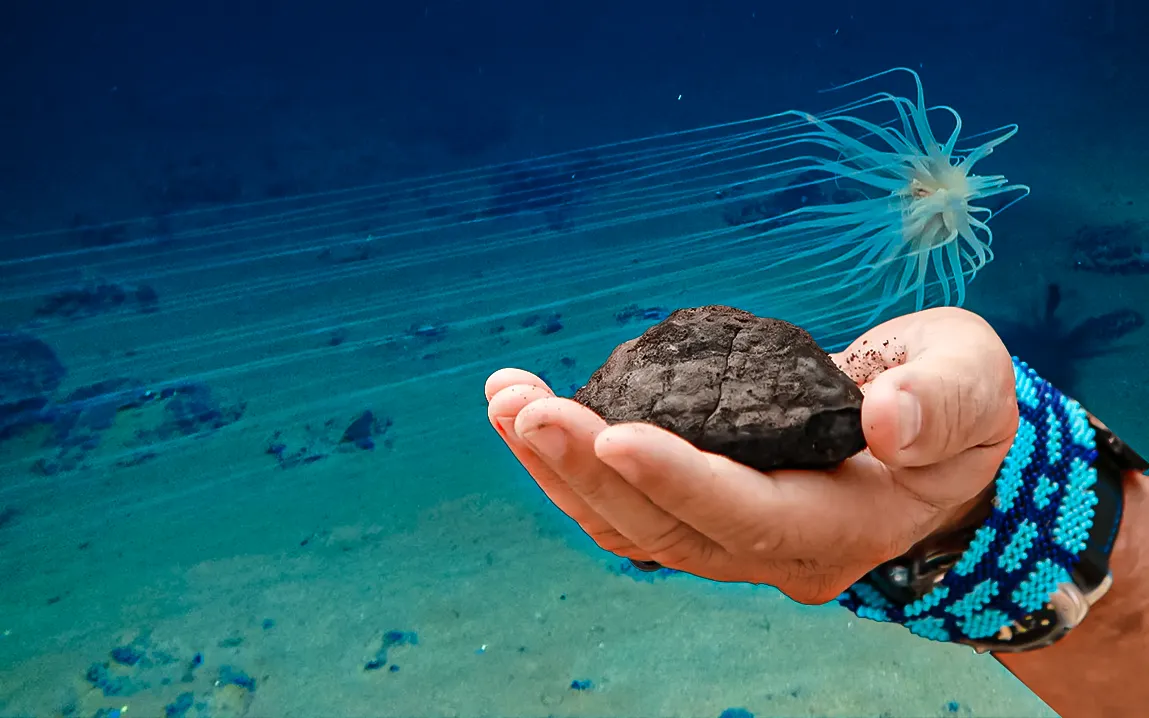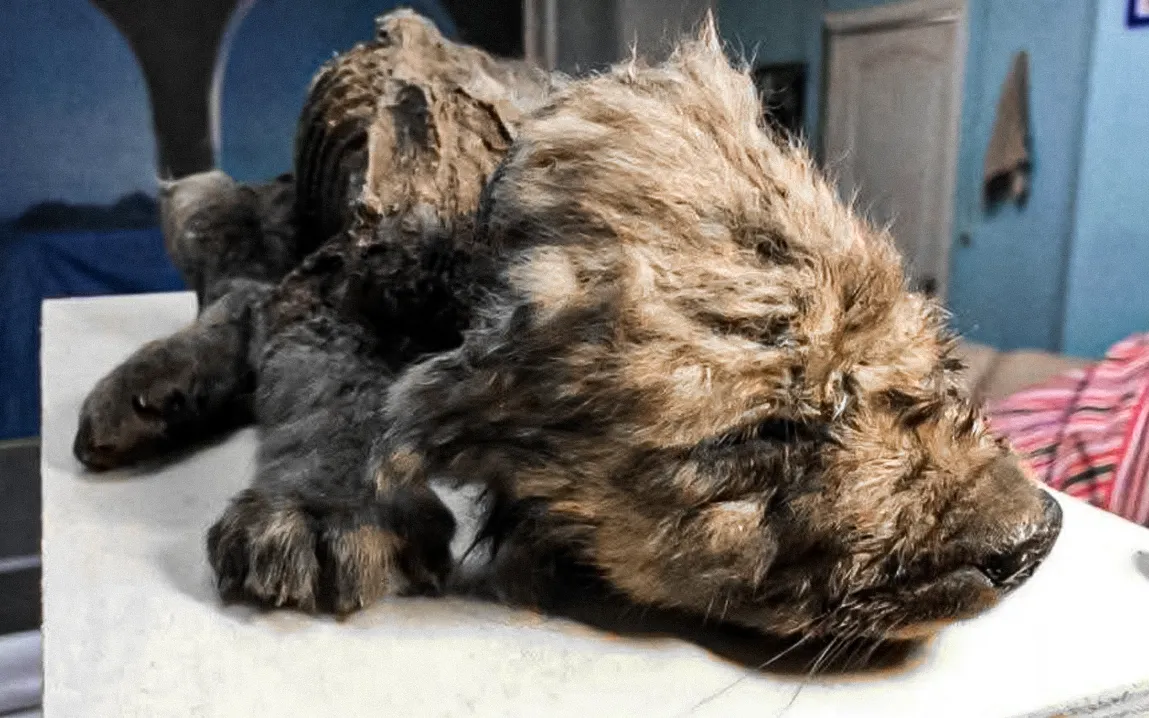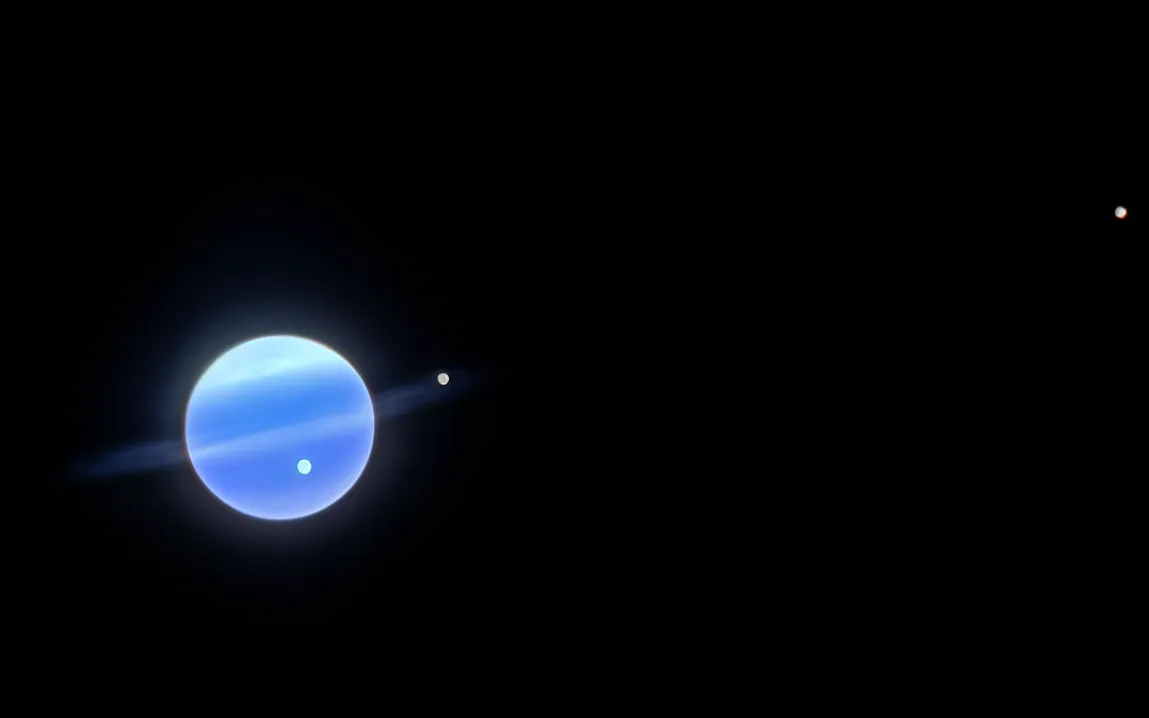In a story that began over a decade ago and only recently found its breakthrough. Back in 2013, scientists exploring the Clarion-Clipperton zone of the Pacific Ocean dropped a lander system 4,000 meters below the surface. When it returned, it brought back bubbles which was strange and unexpected. But instead of digging deeper, the team brushed it off as nothing.
In 2015, they went back to the site, this time with oxygen sensors known as optodes, and were supposed to measure how much oxygen was being used up on the seafloor. But something odd happened, the sensors showed oxygen was being produced even in total darkness.
Since we’re taught oxygen comes from photosynthesis, which needs sunlight, the team assumed the gear was faulty. And for nearly nine years, the readings were ignored.
A Surprising Truth Finally Confirmed
In 2021, a second method confirmed the same thing. Oxygen was really being created in the dark. The discovery, now called “dark oxygen,” was finally published in Nature Geoscience in 2024.
The team believes it might have to do with polymetallic nodules which are basically the rock-like clumps on the seafloor made of metals like manganese. These nodules may generate small electric currents when they react with seawater, which could split water molecules into hydrogen and oxygen, similar to how electrolysis works.
A new study from China supports this idea, showing that oxygen can form during the creation of manganese nodules.
A Whole New Way of Thinking About Life
If oxygen can be made without sunlight, it could explain how life might exist in other dark places — like under the icy crusts of moons such as Europa and Enceladus in which even NASA is paying attention to.
The team is now building deep-sea landers that can go deeper than ever before down to 11,000 meters into the hadal zone, a region that covers 45% of the ocean but is still barely explored. They want to find out how much dark oxygen exists, whether it supports unknown deep-sea microbes, and how climate change might affect these hidden systems.
Racing Against Deep-Sea Mining
There’s a twist, those same polymetallic nodules might soon be mined for metals used in electric vehicles and smartphones. But no one knows how mining could affect this newly discovered oxygen source or the life it might support.
That’s why the researchers say this moment is crucial. As the lead scientist put it, “Whatever we find, I’ll try and feed my child-like sense of enthusiasm and be sure to ask ‘Why?’”



